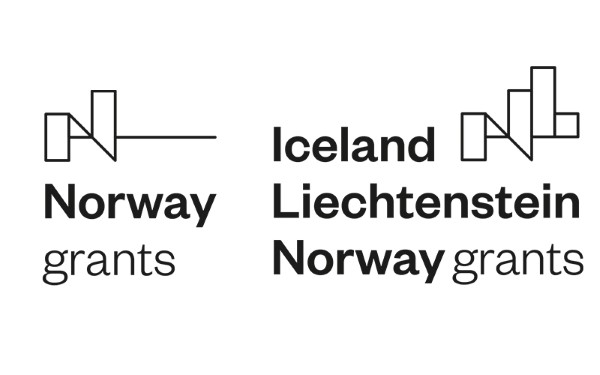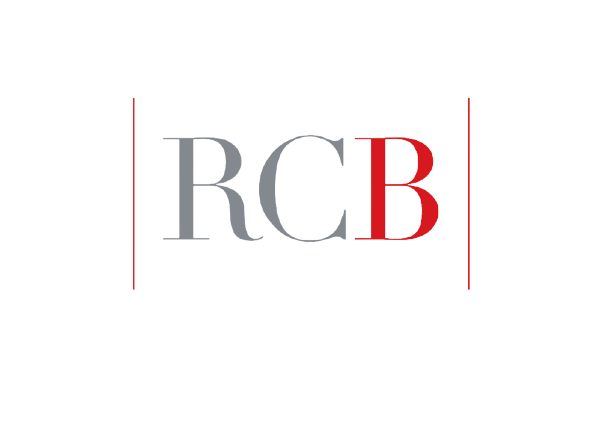Innovation in Disaster Prevention

St. Mary's Church, Krakow, Poland (Colourbox)

Innovation in Disaster Prevention – post-conference publications available
Reports “Innovation in Disaster Prevention: challenges, solutions and opportunities – post-conference paper” and “Geoinformation for crisis management: guidelines and examples” are available online.
The conference Innovation in Disaster Risk Reduction took place in days 9-11th May 2023 in Cracow. It gathered crisis management specialists, responders, scientists, local authorities and private sector representatives from Norway, Poland and 30 other countries in place and on-line.
During three days 36 panellists representing international organisations (UNDRR, OECD, CBSS, ESA), European Union (DG ECHO, EUSPA), governments (incl. Poland, Portugal and USA), academia (PAN, UW), private sector and local authorities (cities of Cracow and Wroclaw (PL) and Stavanger (NO)) took the floor to share their experiences and discuss possible cooperation.
The conference was made possible through support from the EEA/Norway Grants, as a Polish-Norwegian bilateral initiative under the Disaster Prevention and Preparedness Programme. The event was jointly planned and hosted by the Polish Government Centre for Security (RCB), the Polish Crisis Information Centre (CIK CBK) and the Norwegian Directorate for Civil Protection (DSB).
We are pleased to invite you to read two thematic reports prepared by the project partners on the basis of their expertise and outcomes of the conference.
“Innovation in Disaster Prevention – post conference paper” provides a broad overview of issues discussed during the event, set in a wider pan-European context. The report is focused on:
- current challenges, the Sendai Framework and synergies with the EU Civil Protection Mechanism,
- solutions, especially recent developments in the field of geospatial data management and other innovative technologies,
- opportunities within innovations, e.g., in building resilient societies and improving risk communication,
- available funding mechanisms, including the EEA/Norway Grants, which can be used to strengthen cooperation in disaster prevention and preparedness in the years ahead.
Geoinformation means information that describes the location and characteristics of phenomena, natural or human made, related to the Earth’s surface. It is used in almost all aspects of social and economic activities, however it can bring particular benefits in all phases of crisis management cycle, especially in disaster mitigation and preparedness. Geoinformation enables identification of threats and hazards in the spatial dimension, modelling of their extent and possible evolution, predicting their impacts and elaborating different crisis event scenarios.
Therefore GIS was chosen by the project partners as a subject of a separate report, complementing the more general overall approach towards opportunities and solutions by focusing on one specific technological domain that can be used to successfully tackle different common challenges.
The report is divided into two parts. The first general section covers issues like GIS data sources, areas of application for crisis management purposes, possible support mechanisms, expert structures and organizations. Information about Copernicus system (especially Emergency Management Service) and „solution enablers” like ESA, EUSPA, EURISY and UN SPIDER may be found there.
The second part of the report contains 12 different use cases, describing practical examples of successful implementation of GIS-based solutions to help solve challenges faced by public administration at national and/or regional levels. Each story explains in more detail a particular problem/crisis management issue identified by the end-user and indicates how GIS contributed to overcome or at least mitigate them. Some authors also share their “lessons learnt” experiences, give advice as to what main obstacles they encountered and how best to avoid them and present their vision for possible further development of the GIS solutions they decided to implement.
>> Guidelines and examples (pdf)
Day 1 Challenges
- Artur Malantowicz DG ECHO.pdf
- Nestor Alfonzo Santamaria OECD.pdf
- Torill Tandberg EEA and Norway Grants Krakow conference.pdf
- Grzegorz and Torill RCB and DSB Background.pdf
- Nataliia Makaruk IMPACT Geneva.pdf
- Sandra Serrano Portuguese National Authority for Emergencies and Civil Protection .pdf
Stream day 1
DAY 2 Solutions
- Lars Løkeland Slåke Norwegian Water Resources and Energy Directorate NVE.pdf
- Nicholas Newhouse Tiepoint.pdf
- Anna Kobierzycka CBK CIK.pdf
- Beata Janowczyk RCB.pdf
- Valis Kalogirou EUSPA.pdf
- Jeffrey Apeldoorn ICEYE.pdf
- Monika Jankiewicz Planet labs.pdf
- Andrew Mackay Bower UNDRR.pdf
- Wiktoria Krolikowska-Murray RCB.pdf
- Howard Stronach FEMA.pdf
- Marco Massabo CIMA.pdf
- Monique Kuglitsch - ITU_WMO_UNEP FG AI.pdf
- Michał Piórecki Polish Water State Water.pdf
Stream day 2
DAY 3 Opportunities
- Ilona Ligocka Ministry of Climate and Environment.pdf
- Torstein Nielsen City of Stavanger.pdf
- Katarzyna Szymczak Municipality of Wroclaw.pdf
- Jacek Florek University of Agriculture Krakow.pdf
- Konstantin Ivanov Global Water Partnership.pdf
- Richard McLernon City of Belfast.pdf
- Nestor Alfonzo Santamaria OECD.pdf
- Christoper Leigh Topping ESA.pdf
- Pawel Gromek Poland Main School of Fire Service.pdf
- Franciszek Rakowski ICM University of Warsawl.pdf
- Mikaeli Langinvainio Inclus.pdf
- Mariusz Feltynowski Main School of Fire Service.pdf
Stream day 3
Hosts:
Polish Government Centre for Security (RCB), Crisis Information Centre (CIK CBK) and Norwegian Directorate for Civil Protection (DSB)
Conference objectives
- Learn more about the Sendai Framework and synergies with the EU Civil Protection Mechanism.
- See what's new in the field of geospatial data management and other innovations in disaster risk prevention and preparedness.
- Share your experience and discuss local challenges and opportunities for building resilient societies.
Conference programme
- Day 1 set the scene and focused on current challenges and included presentations about the Sendai Framework and synergies with the EU Civil Protection Mechanism.
- Day 2 of the conference highlighted recent developments in the field of geospatial data management and other innovative solutions.
- On day 3, there was a wrapping up discussion on the opportunities within innovations, e.g., in building resilient societies and improving risk communication.
- Finally, the conference also addressed how the EEA/Norway Grants can be used to strengthen cooperation in disaster prevention and preparedness in the years ahead.
Contact: sendai@rcb.gov.pl



